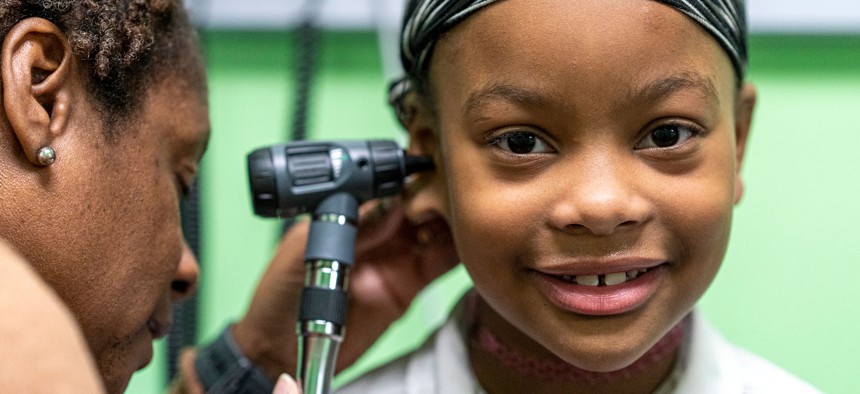sponsor content What's this?
Sponsored Content
Q&A with Julie Cousler
Executive Director, Pennsylvania School-Based Health Alliance

Education Plus Health
Sponsored By:

What aspects of public health are you most concerned about?
With all the advancements made in child and adolescent health, America still lags far behind all other highly developed nations on metrics of well-being, including obesity, mental health, asthma, and more. These outcomes come at a significant cost to society in terms of public systems and lost economic productivity. As we adjust to a new congressional vision for public services, we must evolve how we reach our most vulnerable children and youth. We rely too much on hospitals for our safety net. In 2023, Pennsylvania paid $386 million to hospitals for uncompensated care for youth. SBHCs decrease hospital visits by 50-75%.
How has the PA School-Based Health Alliance adapted its approach to public health?
PSBHA believes that to improve outcomes and decrease costs for Pennsylvania’s most low-income children, we must embrace SBHCs. Some 23 states invest in SBHCs as way to improve outcomes, backed by decades of research that demonstrate much higher rates of annual preventive health care and engagement in mental health services, lower hospital visits, and lower absenteeism.
For many youth who live in poverty, the traditional medical home model is just not enough. Often, parents face many barriers that prevent children from getting the routine and necessary care they need. In 2022, Pennsylvania Medicaid data revealed that just 60% of adolescents received an annual check-up. Many people use the emergency room for health issues that could be easily prevented by a School-Based Health Center (SBHC). Moreover, too many children are chronically absent, a rate that has increased by 11%. PSBHA supports the efforts of 32 school-to-SBHC partnerships to reach these youth.
What is your advice to people wondering if they should pursue a career in the field?
Public health professionals, including school administrators who lead public health efforts in their school through school health services, must continue to think strategically about how best to reach their most vulnerable youth. Primary care providers and hospitals should consider starting an SBHC in a willing school where many of their most at-risk patients attend. Legislators should invest in SBHCs to provide funding support for launching SBHCs and closing the wide gaps left by insurance reimbursement or a lack of insurance. The Departments of Health, Human Services, and Education should track and monitor the work of SBHCs and evaluate their impact on outcomes.
NEXT STORY: Q&A with Justin Frank
